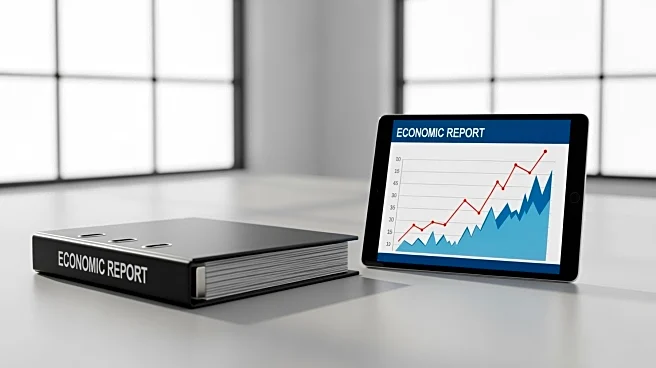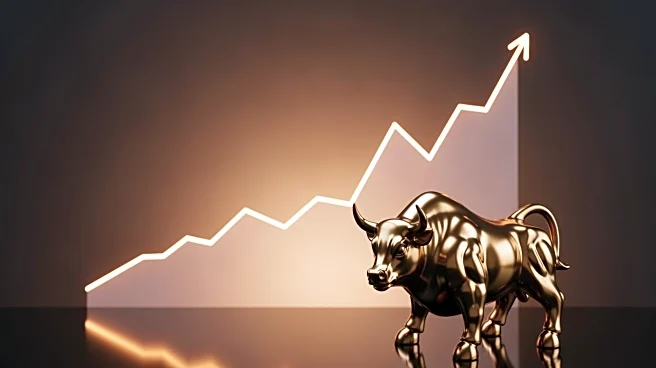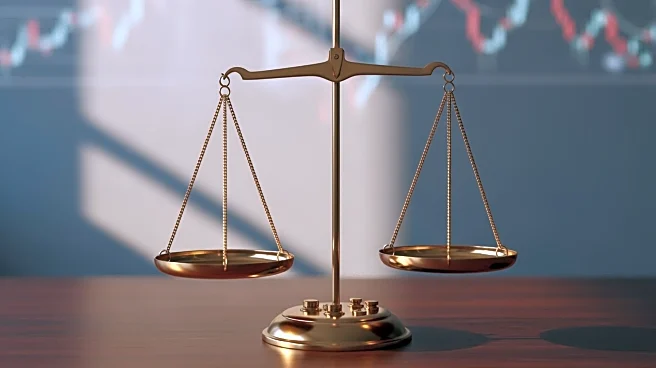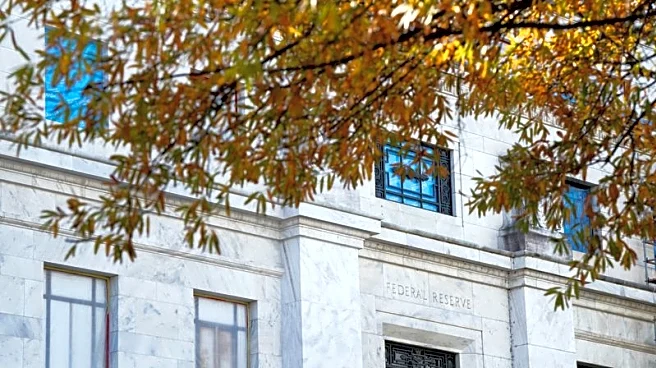What's Happening?
The U.S. economy is showing signs of a K-shaped recovery, where wealth and growth are concentrated among the upper echelons, while lower-income households face increasing financial strain. Experts highlight a widening wage gap, with wage growth declining
faster for the lowest-income quarter compared to higher-income categories. This economic bifurcation is evident in consumer spending patterns, where affluent individuals continue to drive consumption, while lower-income groups cut back on discretionary purchases. The stock market remains buoyant, benefiting wealthier Americans, while concerns about AI and job prospects contribute to cautious spending among workers.
Why It's Important?
The K-shaped recovery poses significant risks to the overall stability of the U.S. economy. As wealth becomes concentrated among the top earners, the middle class is shrinking, leading to potential social and economic challenges. The disparity in wage growth and consumer spending could exacerbate economic inequality, affecting long-term growth prospects. If lower-income households continue to struggle, it may lead to reduced consumer spending, which is a critical component of GDP. Additionally, the reliance on stock market gains and asset appreciation by the wealthiest could create vulnerabilities if market conditions change.
What's Next?
Experts warn that failing to address these structural imbalances could heighten the risk of an economic downturn. The potential for a recession looms if small- and medium-sized businesses begin laying off workers or if a stock market correction occurs. Policymakers may need to consider measures to support lower-income households and address wage disparities to prevent further economic instability. Monitoring consumer spending trends and labor market conditions will be crucial in assessing the trajectory of the U.S. economy.














